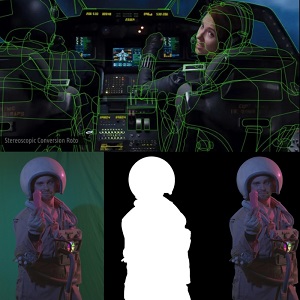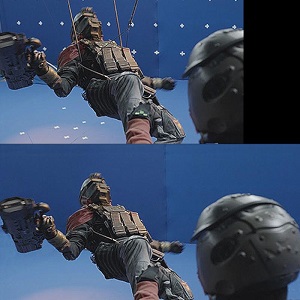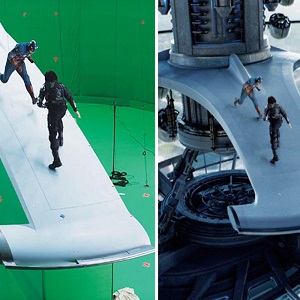
Duration: 12 Months
Internship: 1 Month
Advance VFX
Rotoscope animation describes the process of creating animated sequences by tracing over live-action footage frame by frame. Though it can be time consuming, rotoscoping allows animators to create life-like characters who move just like people in the real world.
Paint/Prep: artists clean up the backgrounds of live action-footage ready for the effects to be layered onto it by the compositor. The shots they work on, known as plates, either moving or still, don’t have foreground action or players included.
Paint artists use specialist VFX software to clean plates. There are many processes used to do this cleaning. They remove any unwanted dust and scratches from the frame. They sort out dropped frames, where a camera has been unable to capture all the frames in a given time resulting in little jerks in the action. They remove any unwanted items such a boom microphones or electric pylons.
VFX Compositing: A VFX artist, or visual effects artist, is a member of the team that creates visual images for movies and television. These professionals use computer software to produce animation and special effects, which help add realism to films.
- Importance Of Rotoscope in VFX
- Silhouette Interface
- Manual Roto
- Point Tracking
- Mocha Tracking
- Motion Blur Roto
- Defocus Roto
- Hair Details Roto
- Silhouette Paint
- Sequence Paint
- Wire Removal
- Nuke Paint
- Nuke interface
- Marker Removal
- Object Remove
- Nuke Tracking
- Character Removal
- Camera tracking
- Projection
- Grains
- Nuke interface
- Nuke Comp pipeline
- Keying Nodes
- CC Grading
- Edge Integration
- CG Passes Compositing
- Day To Night
- 2D Elements Comp
- Screen Replacement (PIP)



